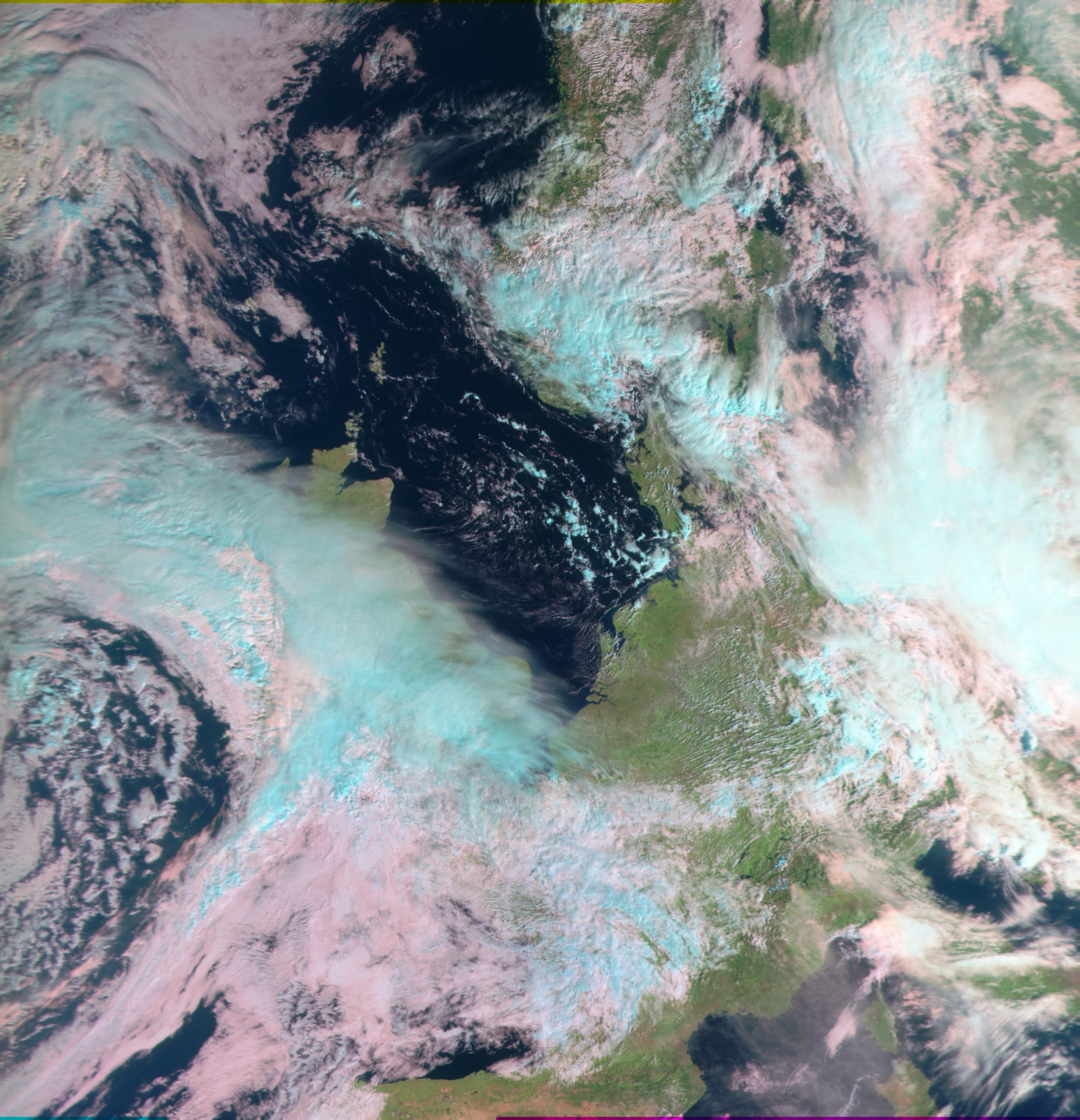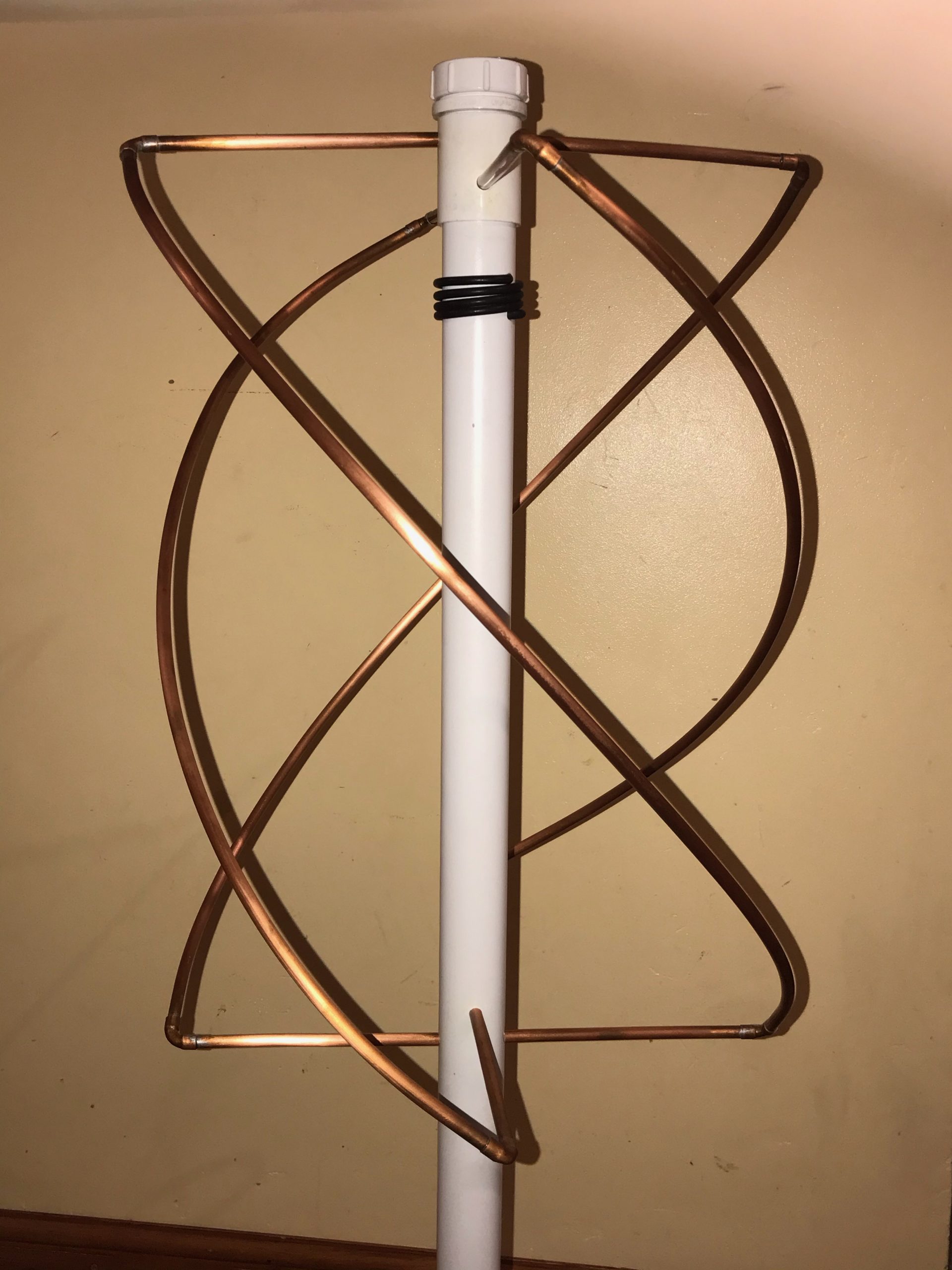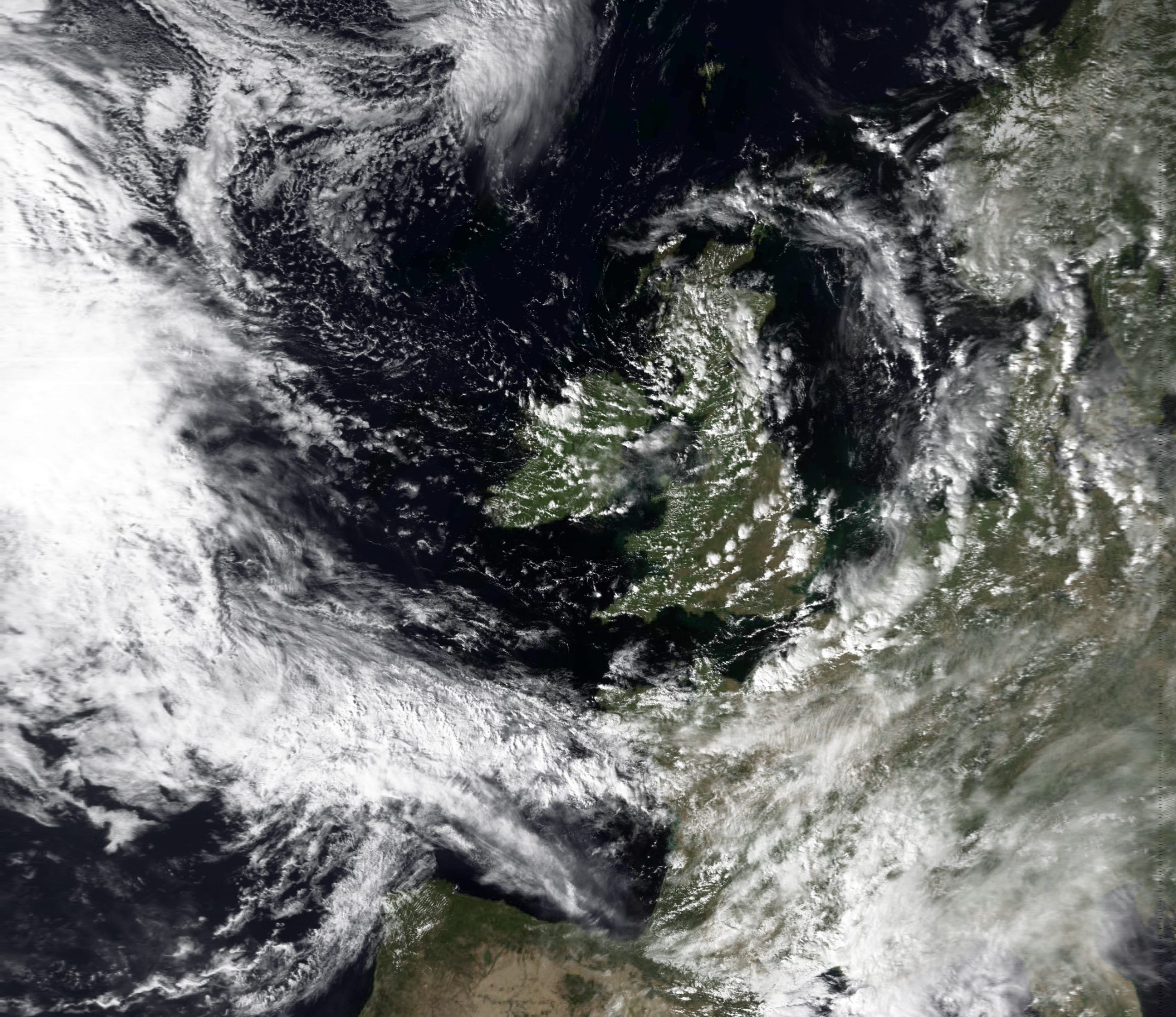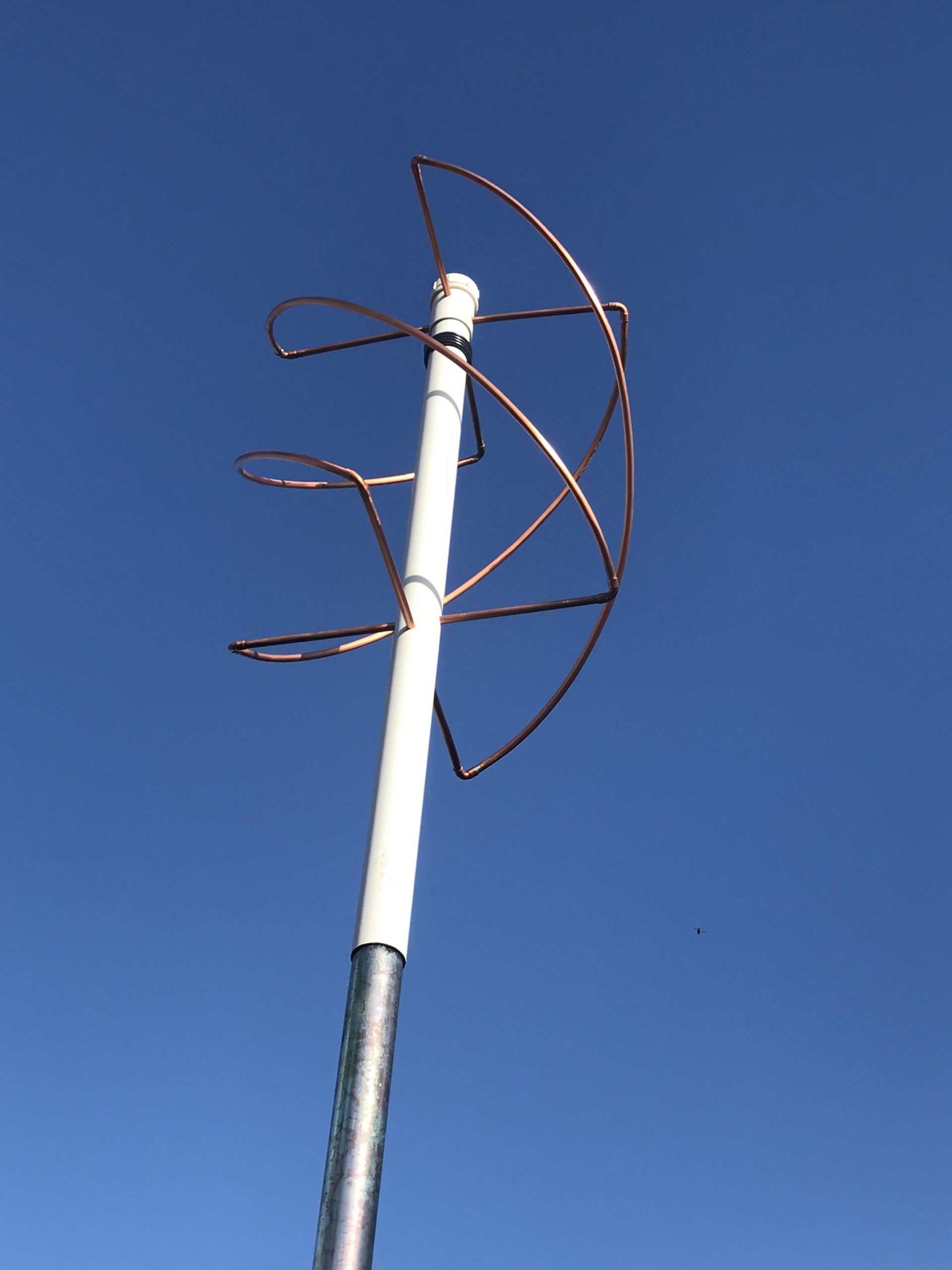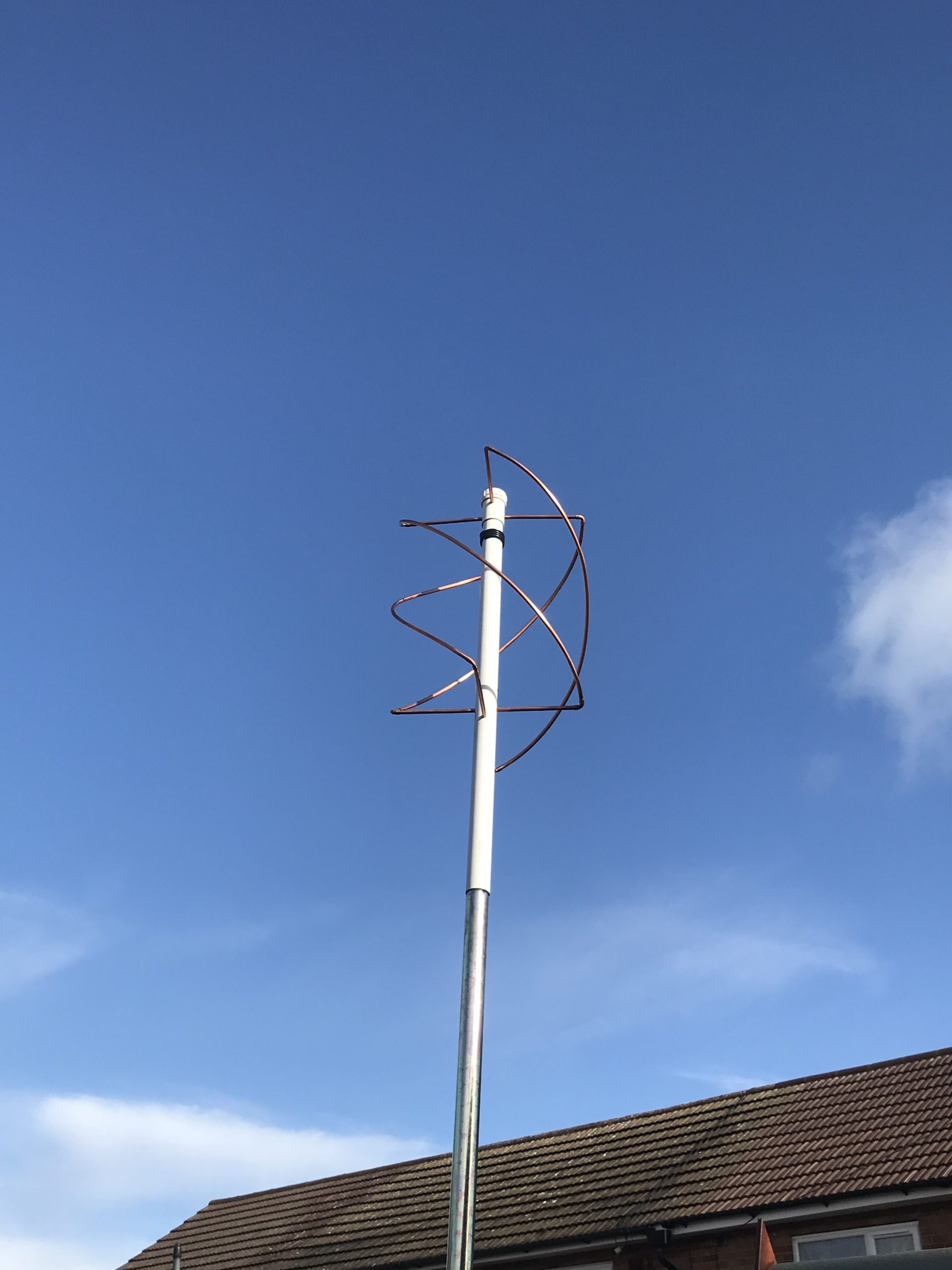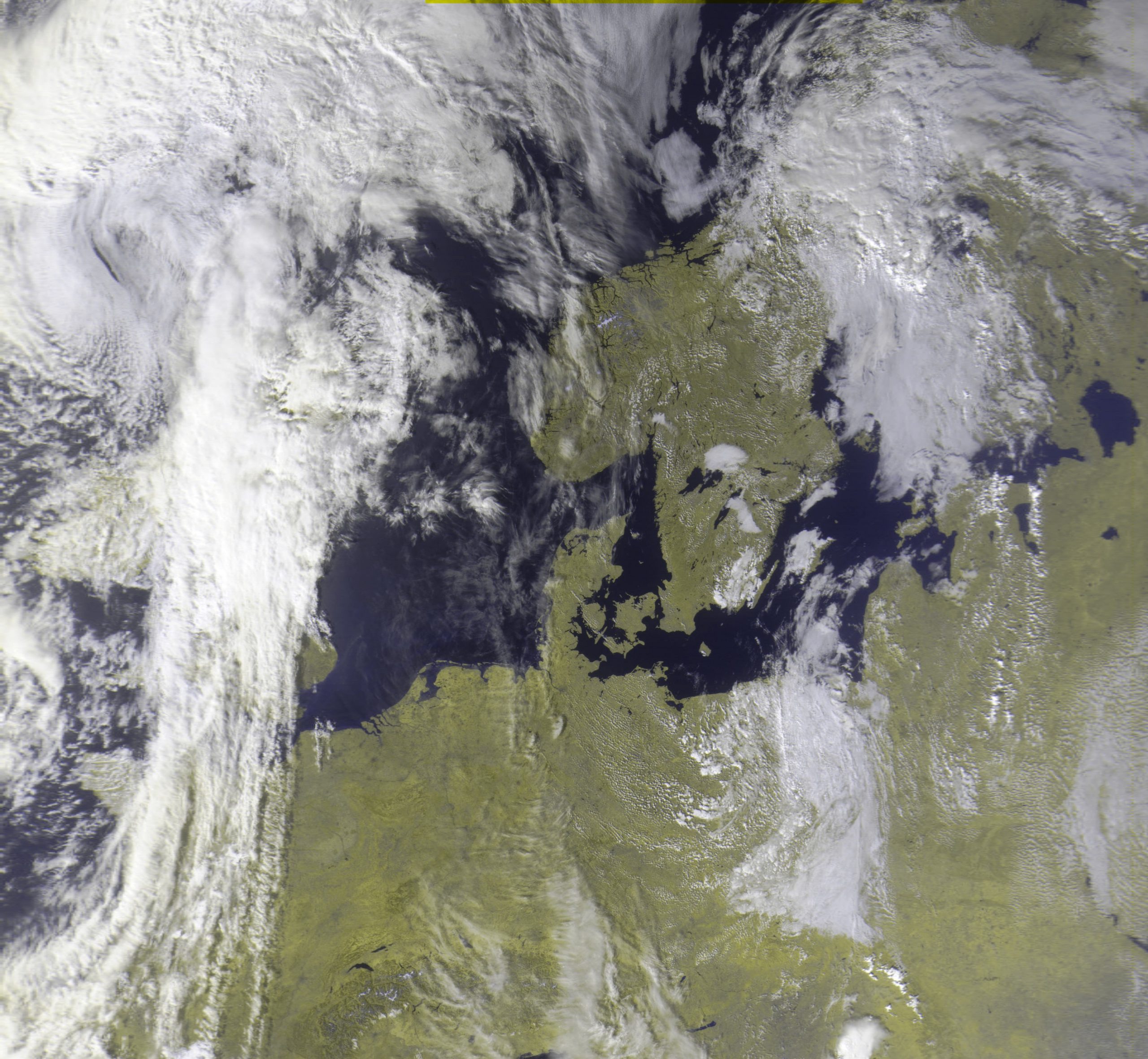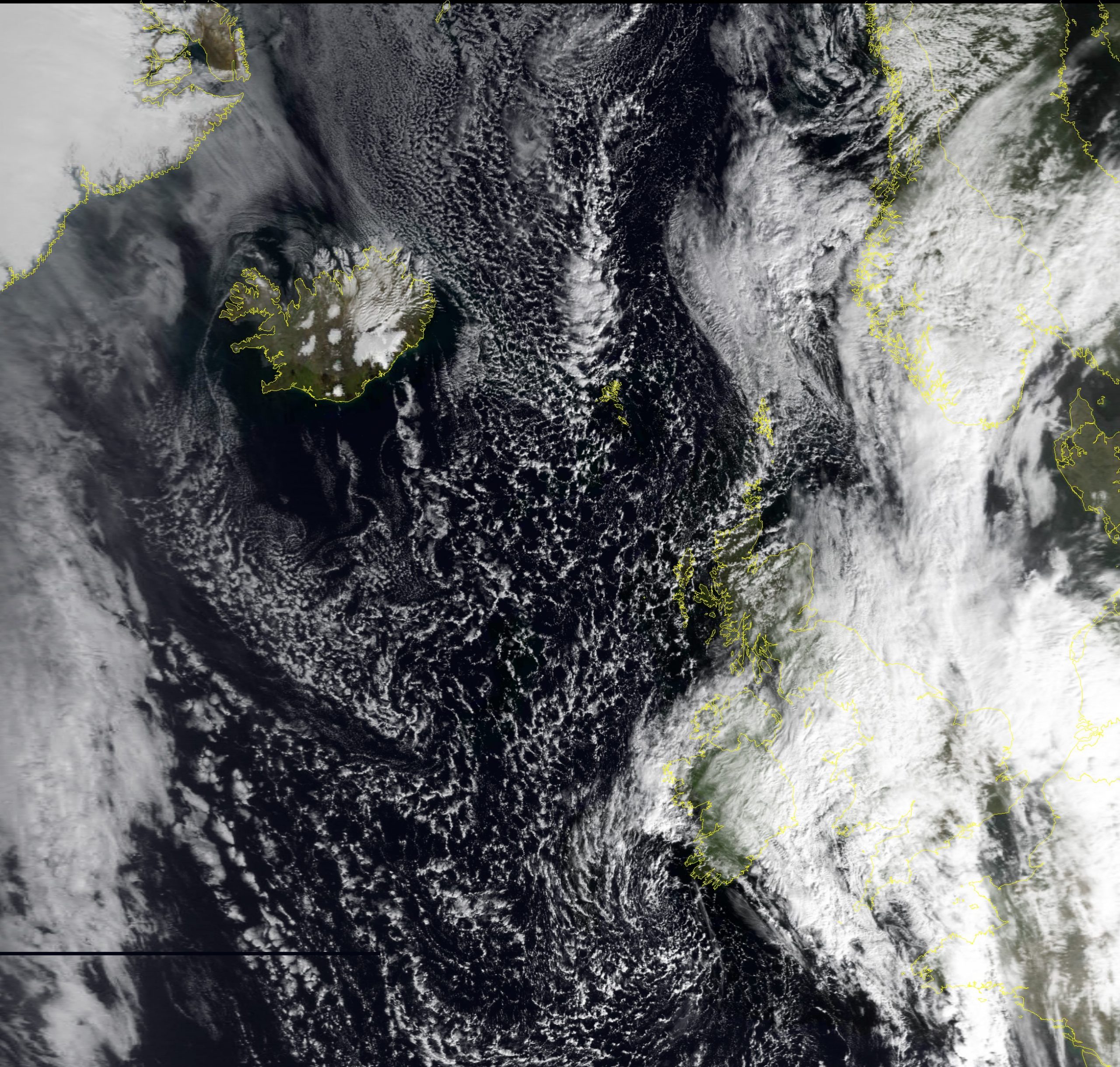![]()
This page last updated 31 December 2025.
(Price: £100 + shipping. Price correct January, 2026)
Click any of the gallery images above for larger view.
**UPDATE SEPTEMBER 2025**
Since the demise of the last NOAA satellites during August of this year (see below), I have received data from the Meteor M2-3 and M2-4 satellites with great success. My equipment setup was a QFH-137 antenna on a ground-mounted 10ft pole in my garden, 10 metres of standard coax cable, and a Nooelec RTL-SDR receiver.
You can see from the images in the slideshow above just how successful this was; the result is I now have some of the best images I’ve ever received! Signals from these satellites are strong, and LNA (preamps) are not required unless you have a very long coax run. I am finding that the signal is visible on the waterfall spectrum as soon as the satellite footprint reaches my location, and manages to sync very soon afterwards, remaining without interruption for the whole pass.
Below is a screenshot of my SatDump software during reception.

NOAA Satellites Update
Unfortunately, during August 2025, the last two NOAA Weather Satellites transmitting APT Images were decommissioned. This came as a blow to hobbyists, especially after the loss of NOAA 18 in June. The reason for all three of the NOAA sats reaching the end of their operational life so close together is due to a number of factors.
- NOAA 18 was decommissioned on 6th June 2025 after the failure of the S-band transmitter, affecting its ability to control itself, and respond to commands from ground control. It was launched on 20 May 2005 with a planned life span of 2 years!
- NOAA 19 was decommissioned on 13th August 2025 due to battery failure. This satellite was of 2009 vintage.
- NOAA 15 was decommissioned on 19th August 2025 after continued degradation of instruments and subsystems. This satellite was launched in 1998, meaning its operational lifespan exceeded its design life by over 25 years.
While this loss spells the end of reception of analogue weather satellite images as we knew it, it certainly doesn’t mean the end of our hobby; far from it in fact! It simply means we have to move to new and exciting things: Meteor M-series sats.
Luckily for the hobbyist, Russia launched a new weather satellite, Meteor M2-3 in 2023 which transmits LRPT pictures on 137 MHz. Then, in February 2024, Meteor M2-4 was launched. This gives us a much brighter future, and indeed much brighter images, being transmitted digitally, resulting in more reliable image quality without fading or brightness issues. See the September Update at the top of this page, and the scrolling gallery images.
Unfortunately, due to the antenna not deploying fully on Meteor M2-3 after launch, signals are fairly weak, but using the QFH-137 antenna, reception is reported as straightforward. You will need an SDR receiver to handle the 150 KHz bandwidth of the transmission, and a program such as SATdump to process the data. You may need a Low-Noise-Amplifier (LNA) positioned near to the antenna, and possibly a SAW filter to isolate local signals from broadcast radio etc. Luckily these are available in a single unit for under £20.
Thanks to Jacopo who has produced an excellent guide to receiving the Meteor sats, which can be found here.




